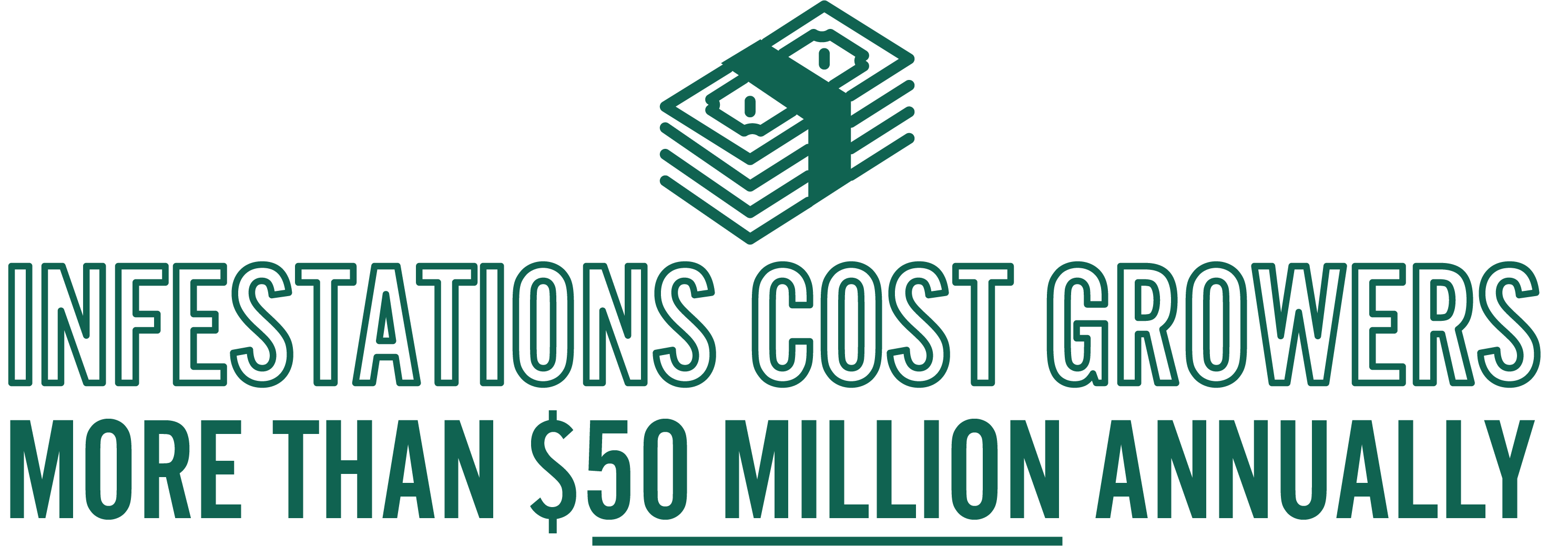Wheat Weed Solutions: Southern Plains Region
In the Southern Plains, U.S. wheat growers are performing a balancing act between when is the right time to apply herbicides and when weather will allow them to access a field to execute their weed control programs. This situation affects decision-making and changes herbicide plans mid-stream, from what type of herbicide to apply and to which tank-mix partners to use.
When weather is unpredictable, using a herbicide with flexible application timing is non-negotiable for growers. Luckily, Anthem® Flex herbicide has a wide window for application on winter wheat and provides strong residual control. However, the earlier it's applied, the better.
To avoid the crunch from environmental and operational factors, winter wheat growers need to look closely at timing principles and effective solutions to get the job done.
- Weeds should be targeted in the fall and through the winter until early spring timing when they are growing but are less than 4 inches tall and producing new leaf emergence and not experiencing dormancy.
- Growers should keep an eye on the weather before applying herbicides on wheat. Excessive rainfall or irrigation can cause prolonged stunting or stand loss if the soil becomes overly saturated.
- Many preemergent herbicides should be applied when the seedbank is free of clods, cracks, trash crop residue and weeds. Wheat seeds must be planted 1-inch to 1.5-inches deep prior to herbicide application.
- As an extra precaution, growers can apply Affinity® BroadSpec herbicide with TotalSol® soluble granules as a burndown treatment for winter wheat fields and as a tank-mix partner in controlling weeds in cereal crops.
Every operation needs a strong weed management program for peace of mind in controlling weeds to focus on producing high-quality wheat. There are tools and strategies growers can use to control many weed spectrums affecting winter wheat.
Help keep your wheat fields clean of the following key weeds this season and beyond.
Downy Brome

- Downy brome can reduce wheat yields by up to 92% while producing more than 400 pounds of seed per acre.
- This weed can emerge before winter wheat, outcompeting the wheat crop for available space and nutrients.
RUSSIAN THISTLE

- Russian thistle infestations cost growers more than $50 million annually in management costs.
- The Russian thistle plant is extremely drought tolerant. The taproot can extend several feet into the soil to reach subsurface moisture.
ITALIAN RYEGRASS

- One Italian ryegrass plant per square yard can reduce wheat yields by 0.4%.
- Italian ryegrass competes with wheat by ingesting all the available phosphorus through its root system.
KOCHIA
- Kochia competes with winter wheat for water, nutrients and space after reaching 4 inches tall.
- As kochia matures, the stem breaks off and disperses more than 14,000 seeds.
MUSTARD
- Deeply buried mustard can survive up to 50 years in the soil.
- Mustard overpowers winter wheat in the fall when the crop begins to emerge, outpacing it in growth and stealing limited resources during the early stages of the wheat crop
RESCUEGRASS
- This cool-season weed thrives during the winter and can reduce winter wheat yields by 10-20%.
- Rescuegrass is a quick-growing plant that creates seed heads over wheat plants.
HENBIT
- Henbit plants can produce up to 200 seeds per plant that remain viable in the soil for 5 years.
- When henbit densities exceed 82 plants per square meter, it can cause a 13% decrease in wheat yields.
WILD BUCKWHEAT
- Wild buckwheat can reduce yields by 66%.
- Due to the climbing nature of wild buckwheat, it can clog harvesting equipment.
VOLUNTEER CORN
- Volunteer corn can cause up to 30% yield reductions in wheat and serves as a host for more pathogens and diseases.
- Heavy infestations of volunteer corn can delay the emergence of winter wheat plants.
Your toolkit to success
Find the FMC herbicide solution that fits your weed management needs on your wheat operations, including Anthem® Flex herbicide, Affinity® brand herbicides with TotalSol® soluble granules and Finesse® cereal and fallow herbicide.

Delayed preemergence / Preemergence
Anthem Flex herbicide
For Italian ryegrass* control as well as additional downy brome, bromus species and broadleaf weed activity.
Preemergence / Postemergence
Finesse cereal and fallow herbicide
For control of henbit, chickweed, Russian thistle, wild buckwheat, volunteer corn and some grass activity. Can be applied with Topguard® fungicide for foliar disease protection.
Postemergence
(Feekes 3 – 7)
Affinity BroadSpec herbicide and Affinity TankMix herbicide
For control of winter annuals like henbit and mustard and summer annuals like wild buckwheat and Russian thistle. Can be applied with Topguard fungicide for foliar disease protection.
Please see label for specific instructions on control or suppression of listed weeds.
*See FIFRA Section 24(c) Label to manage resistant Italian ryegrass in winter wheat in SC, AR, VA, TN, KY and NC.
Always read and follow all label directions, precautions and restrictions for use. Some products may not be registered for sale or use in all states. FMC, the FMC logo, Affinity, Anthem, Finesse, Topguard and TotalSol are trademarks of FMC Corporation or an affiliate. ©2022 FMC Corporation. All rights reserved. 22-FMC-1839 10/22
